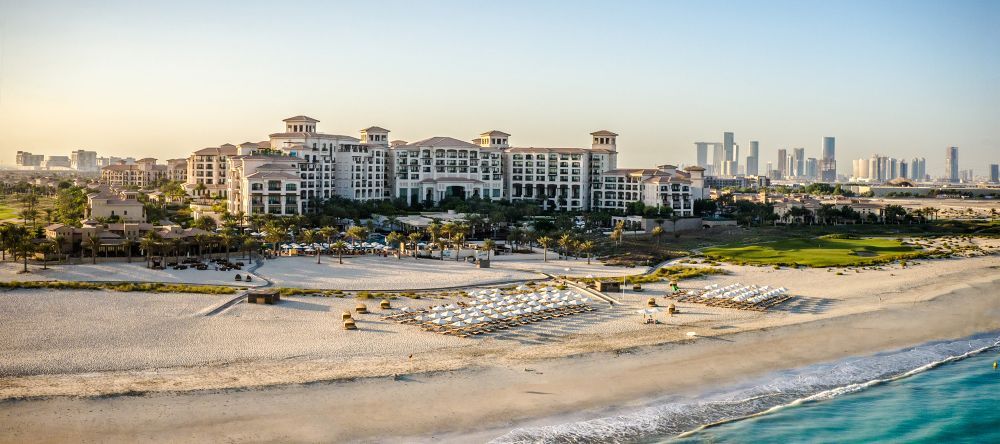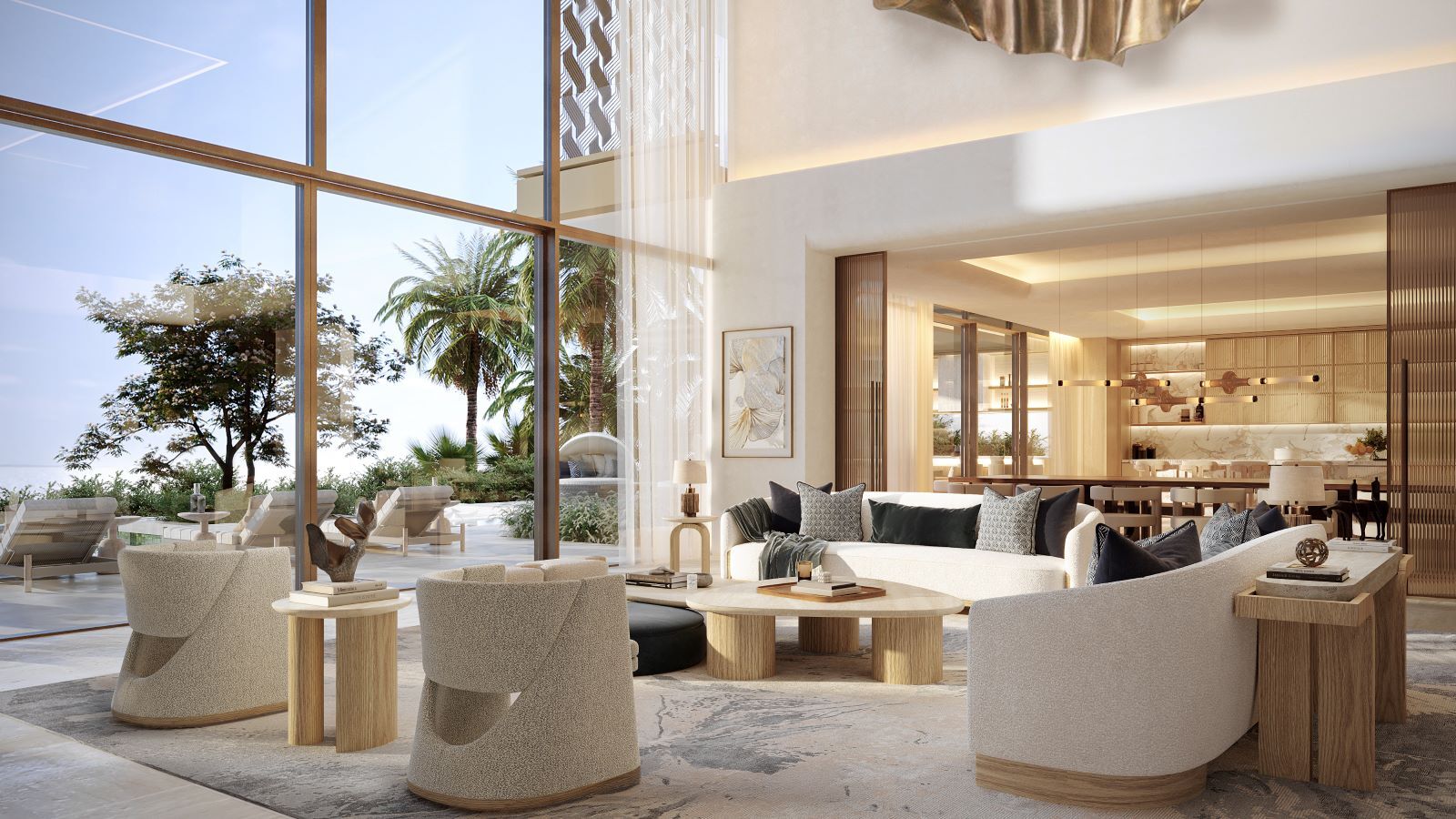Expert Outlook: Abu Dhabi’s Luxury Market 2025
As demand and prices surge in Abu Dhabi’s property market, Managing Partner Chris Whitehead sheds light on the forces shaping the market today.
For over two decades, Dubai has dominated the Gulf’s real estate landscape, setting the benchmark for scale, speed and value. Even before the 2003 property boom, its vision bordered on the surreal: man-made islands shaped like palm trees and seahorses, the world’s tallest towers, and a freehold framework that repositioned the city as a realistic alternative to global markets like Hong Kong and Singapore. Since 2020, momentum in Dubai has only intensified. The emirate has delivered uninterrupted year-on-year growth, with total sales reaching a record AED 431 billion in the first half of 2025 alone.
Further along the coast, however, a quieter but equally strategic narrative is unfolding. This year has already confirmed what many in the industry predicted: Abu Dhabi’s real estate market is entering a much more accelerated phase of growth, shaped by long-term planning, shifting buyer priorities, and a marked rise in international interest.

2025: A Snapshot Of Abu Dhabi So Far
In the first quarter of 2025, Abu Dhabi recorded over AED 6.3 billion in high-end residential sales – more than half of which exceeded the AED 10 million mark. Property values are also rising, with residential prices up by 17.3% year-on-year. While still substantially undervalued compared to Dubai, the market is quickly advancing, underpinned by fundamentals that point to long-term capital appreciation.
“Abu Dhabi has never followed the same playbook as other luxury markets,” says Chris Whitehead, Managing Partner at Dubai Sotheby’s International Realty. “With the backing of a stable oil economy, there’s been less pressure to diversify at speed, which has allowed the city to grow on its own terms. The focus hasn’t been on headlines or high-rises, but on cultural infrastructure, coastal preservation and long-term urban planning.”
“What we’re seeing now is the result of this strategy. We have a market that’s measured, intentional, and increasingly aligned with global buyers who are planning for the next 20 years, not the next quarter.”
This shift in sentiment is already translating into meaningful transactions. Late last year, Dubai Sotheby’s International Realty marked a turning point in Abu Dhabi’s trajectory with the record-breaking sale of a AED 130 million villa on Saadiyat Island. At the time, the figure still trailed the kind of super prime sales seen regularly in Dubai, but it represented a significant leap for Abu Dhabi, surpassing the previous record of AED 98 million.
Then, in July 2025, Aldar – a leading state-backed developer – announced the AED 400 million sale of a single home within its exclusive Faya Al Saadiyat community, ushering in a new chapter for the capital.
“The activity we’re seeing is not speculative,” says Chris. “These are clients acquiring homes they intend to live in, either immediately or in the next few years. In the top end of the market, the demographic is overwhelmingly European. These are people who want to move to the Gulf for financial freedom, but are perhaps deterred by the busy, fast-paced life Dubai has become increasingly known for. Abu Dhabi is emerging as the quieter, more culturally enriching counterpart.”
The data confirms this trend: waterfront villas with quiet, private addresses remain the most sought-after, both in value and volume. Capital values are now 42% higher than they were in 2020, with Saadiyat and Yas Island enjoying the most significant year-on-year price growth (28% and 22% respectively).
Are Branded Residences The New Standard?
Branded residences have reshaped Dubai’s super prime market in recent years, and Abu Dhabi is now seeing a similar shift. Across Saadiyat, Al Reem, and Al Maryah Island, branded launches have quadrupled year-on-year, showing a clear shift in buyer behaviour.
“These are homes built around world-class service, design integrity, and long-term livability,” Chris commented. “When a buyer is spending AED 20 million or more, they want more than location and architecture. They want brand alignment, premium service, and a product that’s going to hold value in a maturing market. Branded supply now dominates the primary luxury segment because it meets that brief.”
Discover: Four Seasons Private Residences at Al Maryah Island
Looking Ahead
While momentum is building, the Abu Dhabi market remains selective by both nature and design. Fewer than 900 new units were delivered in the first half of 2025, with another 11,900 expected by the end of this year. Even as supply increases however, inventory is being absorbed quickly, particularly in waterfront neighbourhoods.
“We look forward to unveiling a number of exclusive new developments in Q4,” says Chris. “But we’re not anticipating – or hoping for – an oversupply cycle. The pipeline here will remain intentionally tight. Developers are moving with care, favouring low-density releases and phased rollouts over mass-market launches. The reason many are choosing Abu Dhabi is for the quieter, slower pace of life, and developers are conscious of keeping it that way.”
“The next chapter of Abu Dhabi real estate won’t be defined by volume,” Chris adds. “It will be defined by quality and precision, and that will set the tone for the next decade.”

.jpg)

